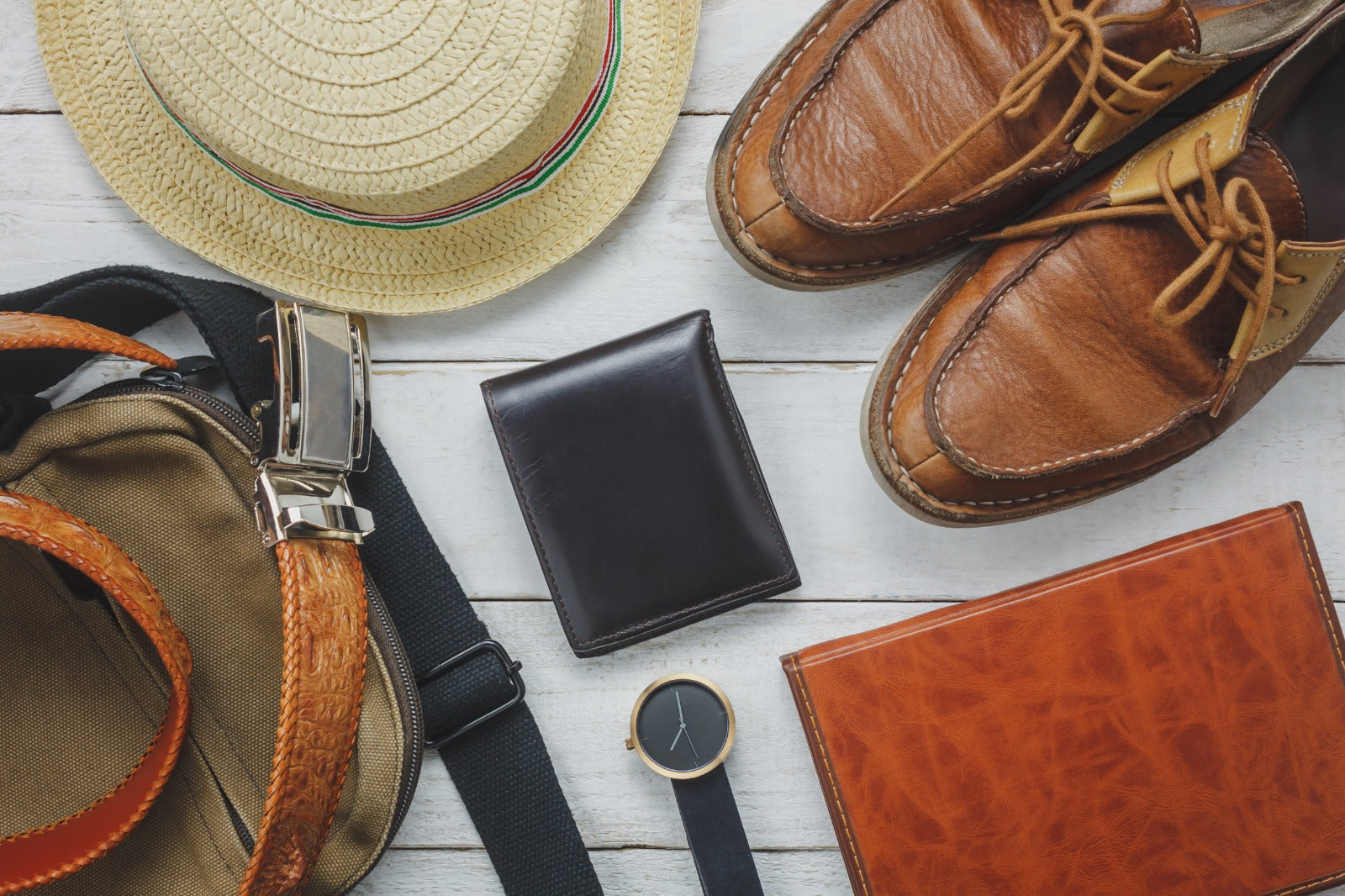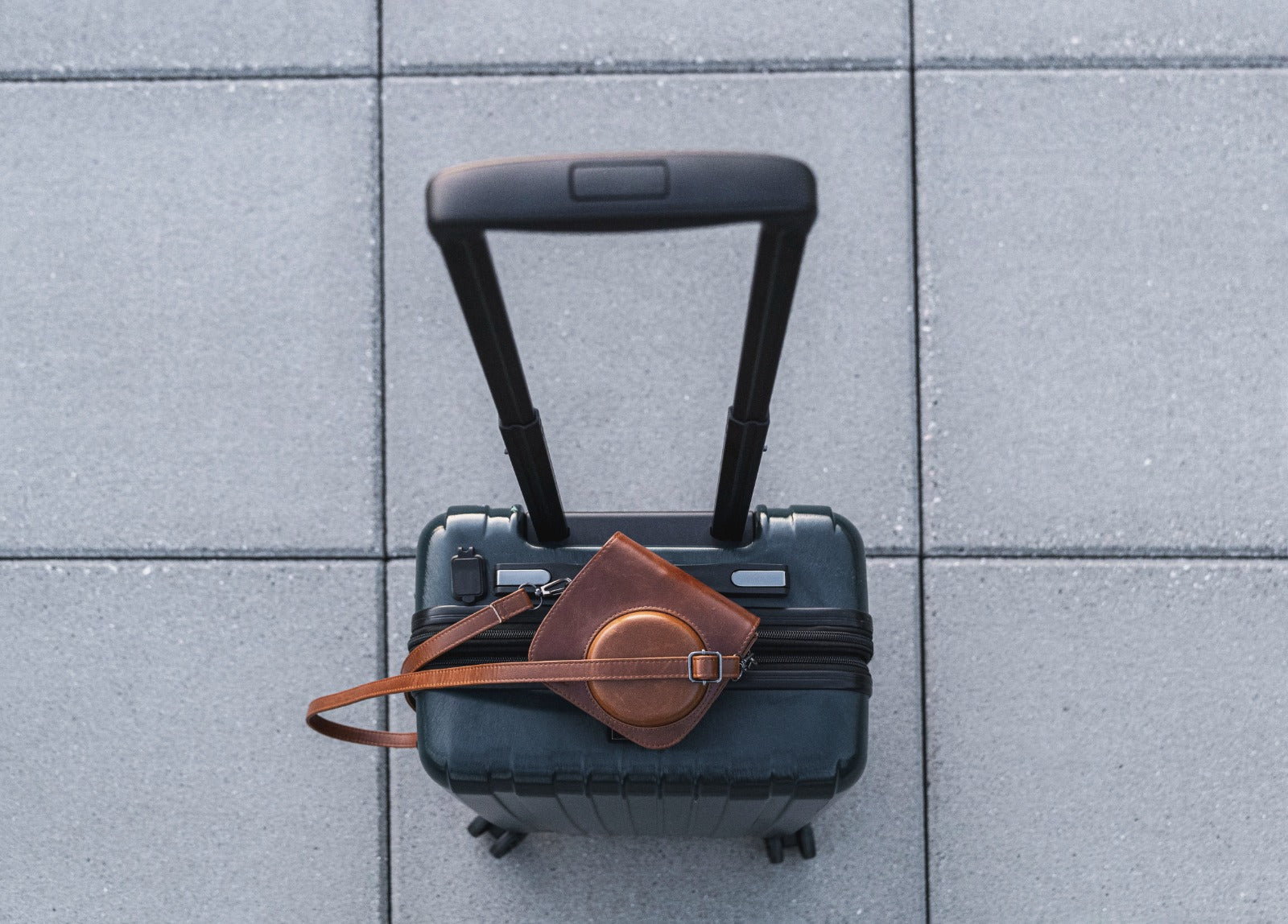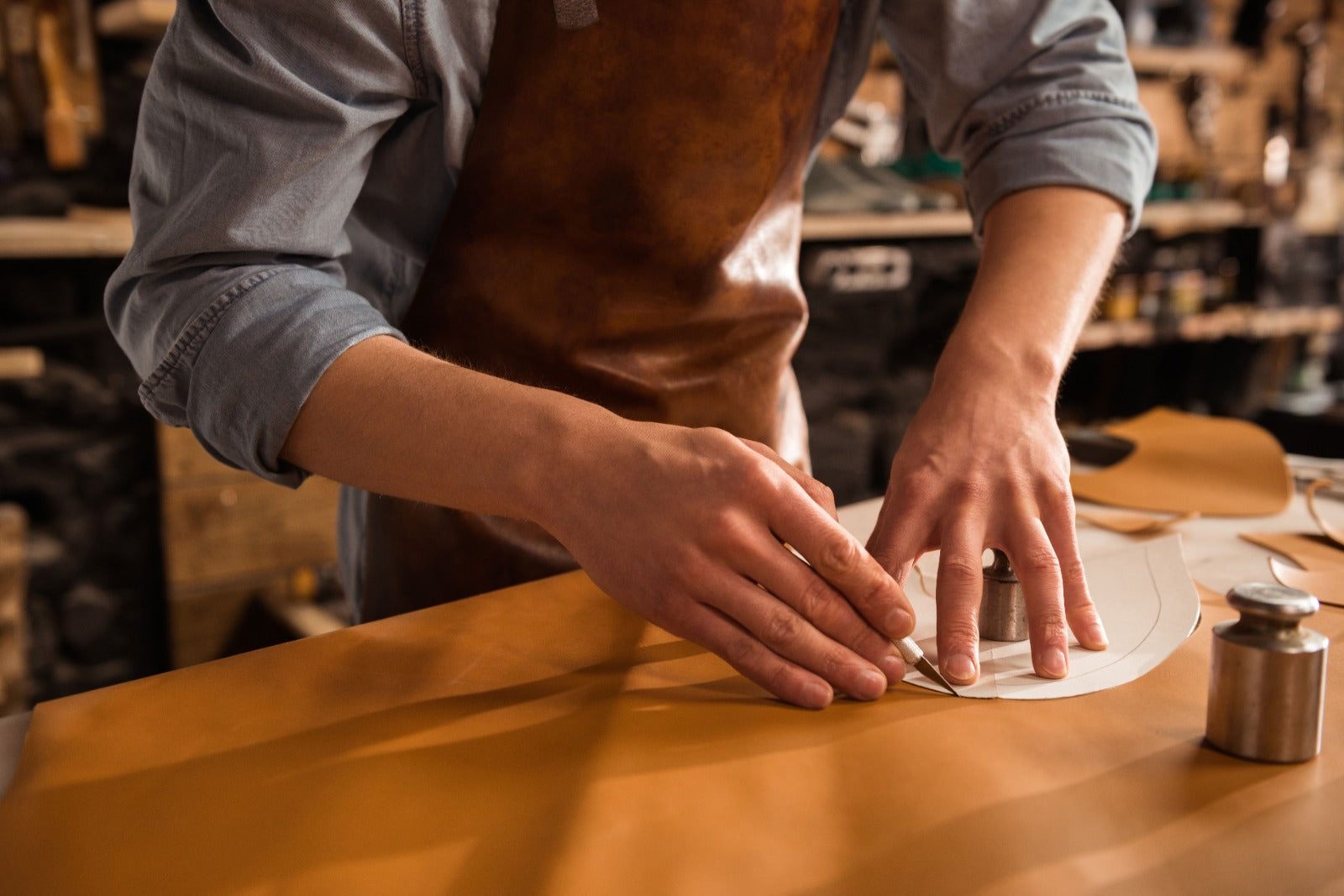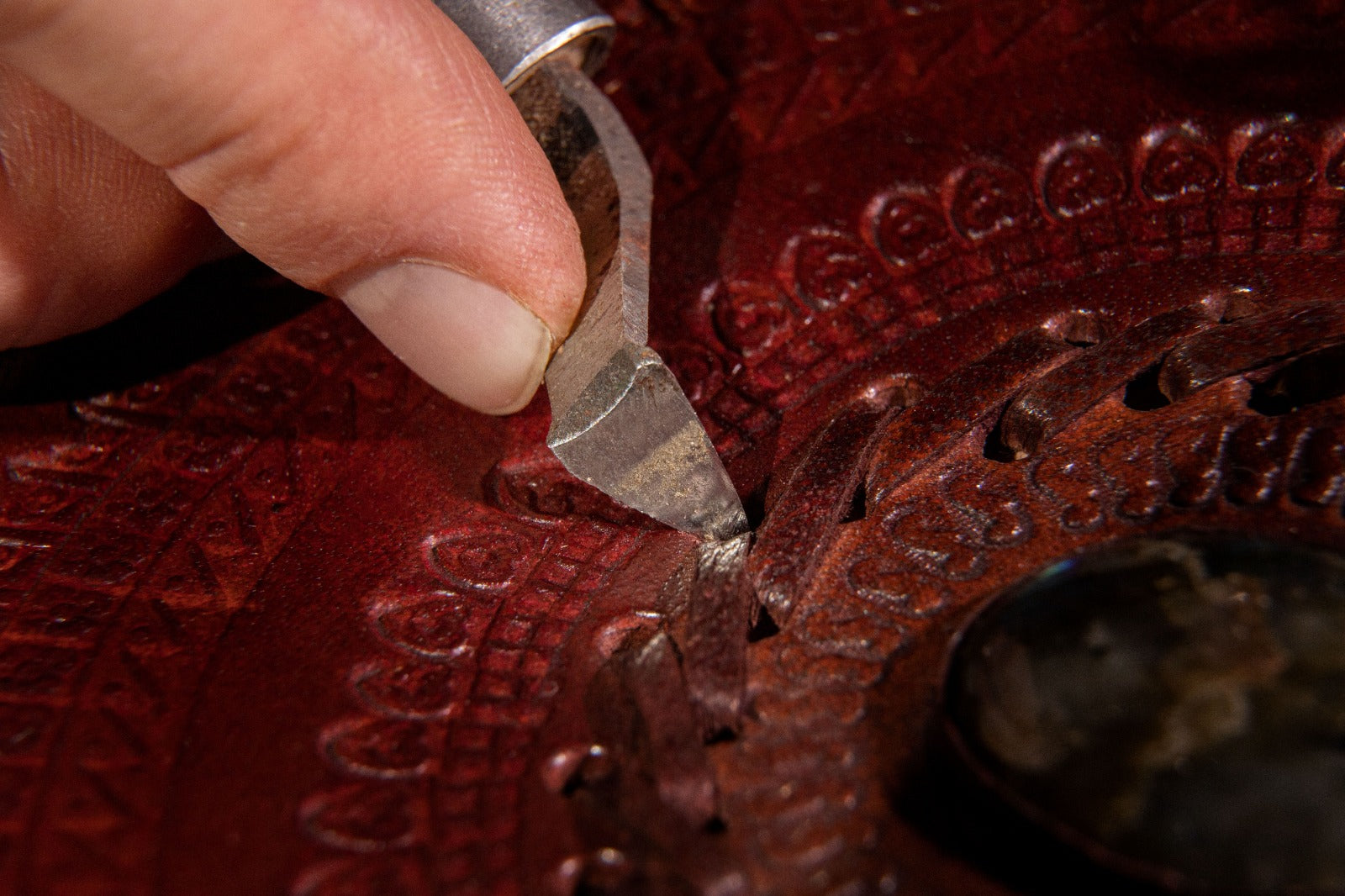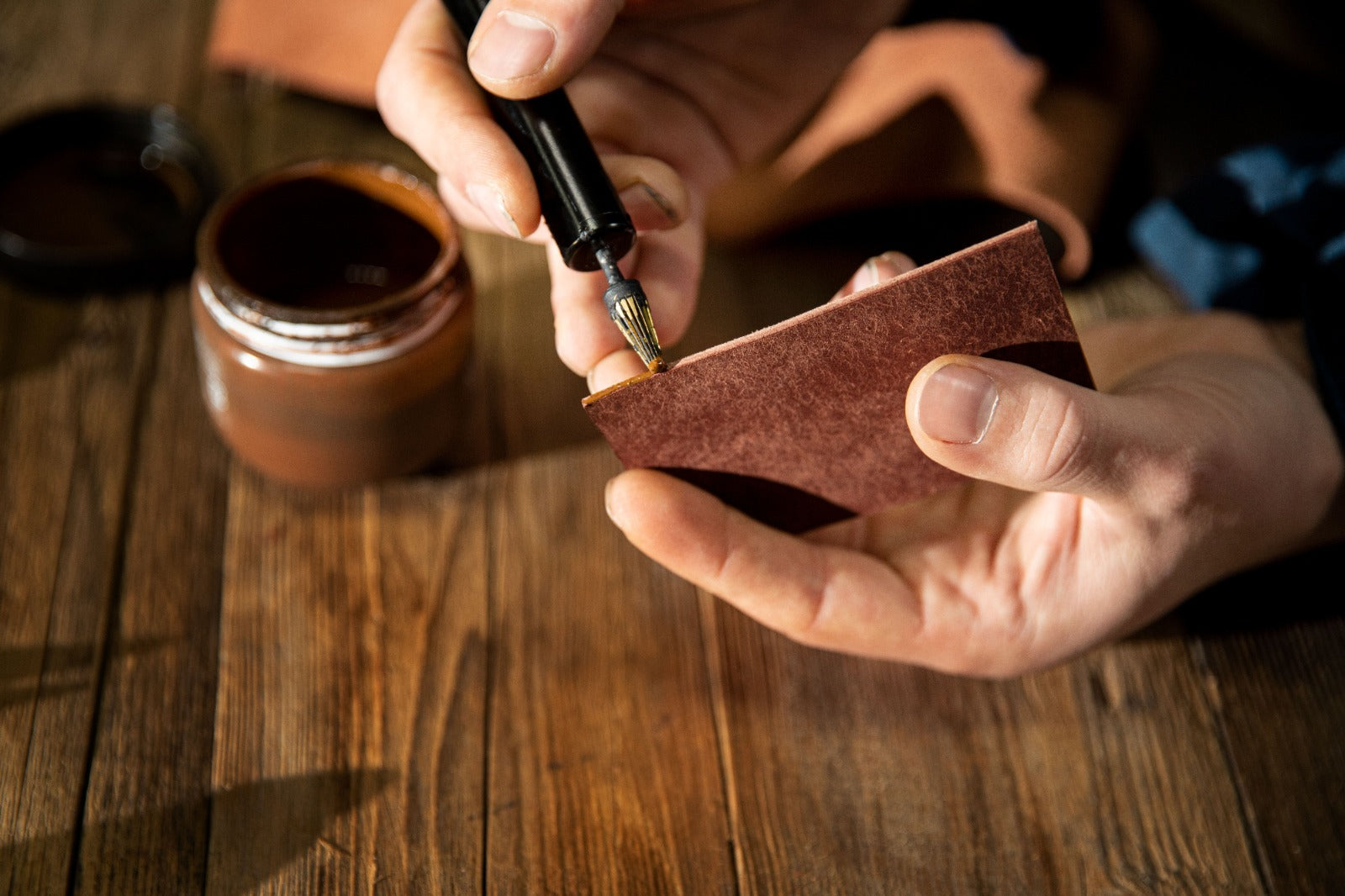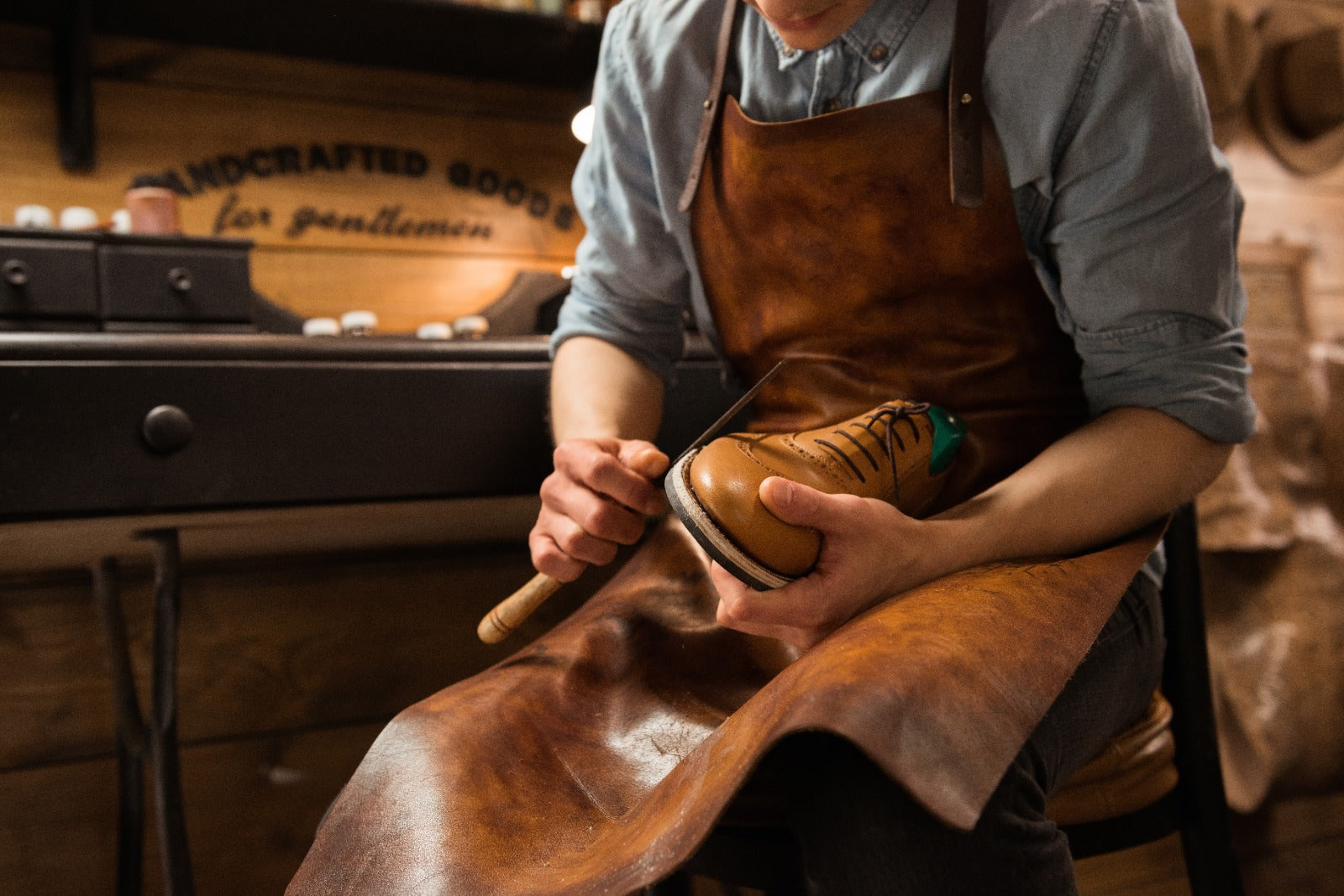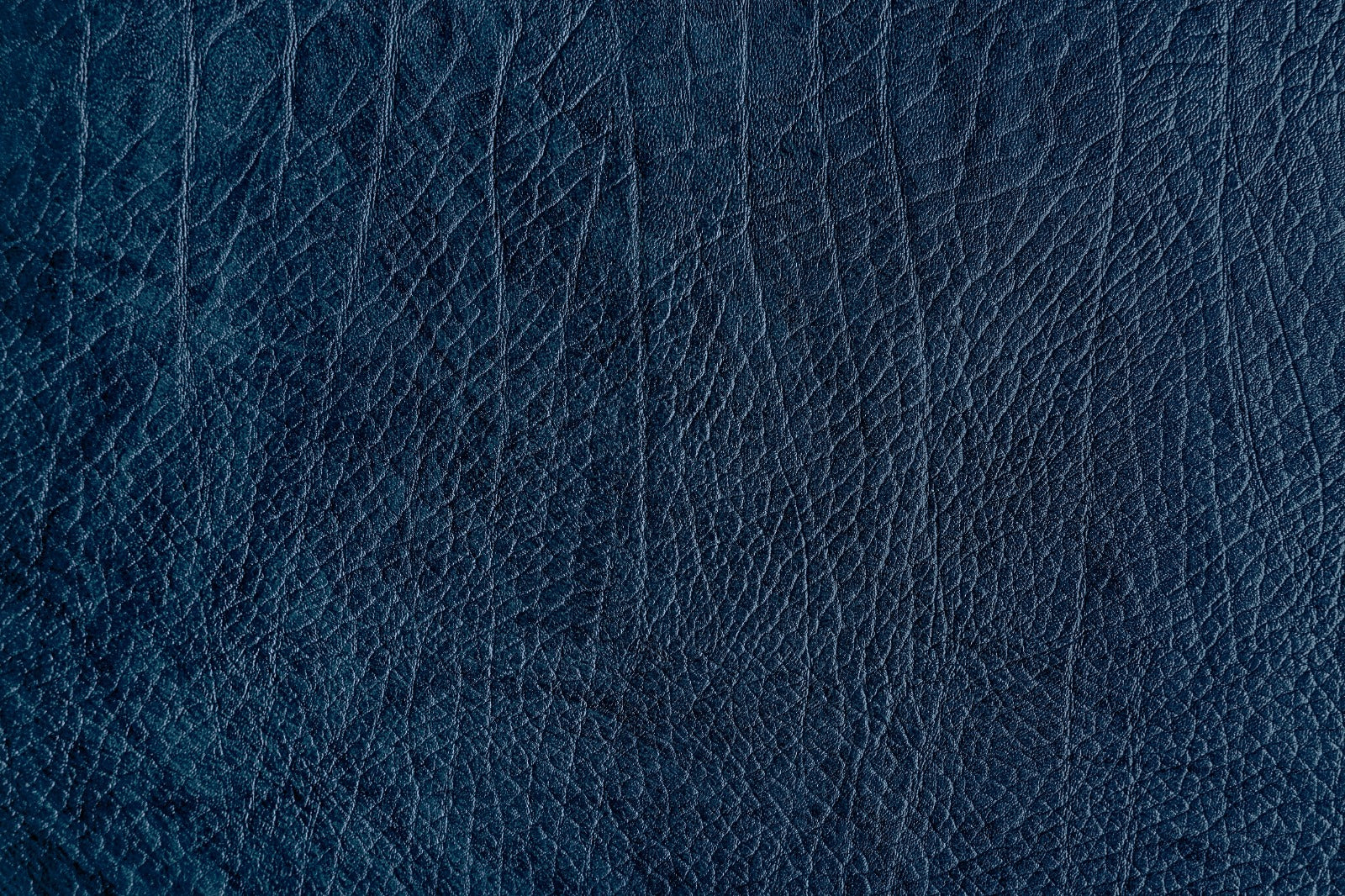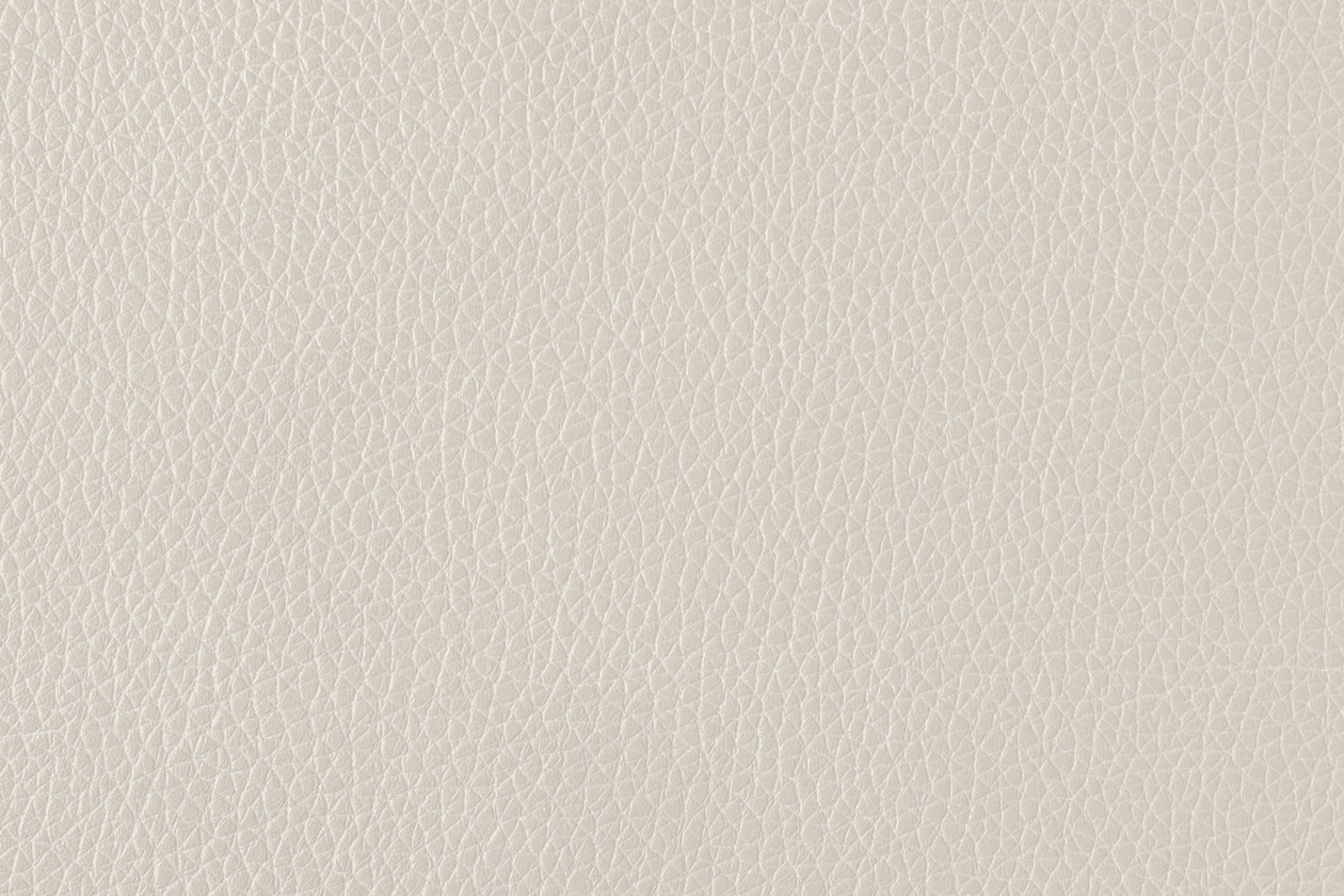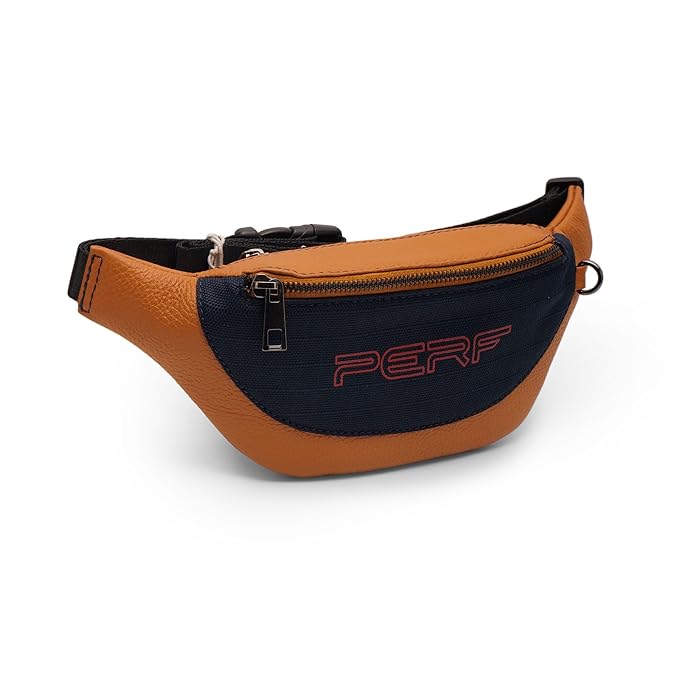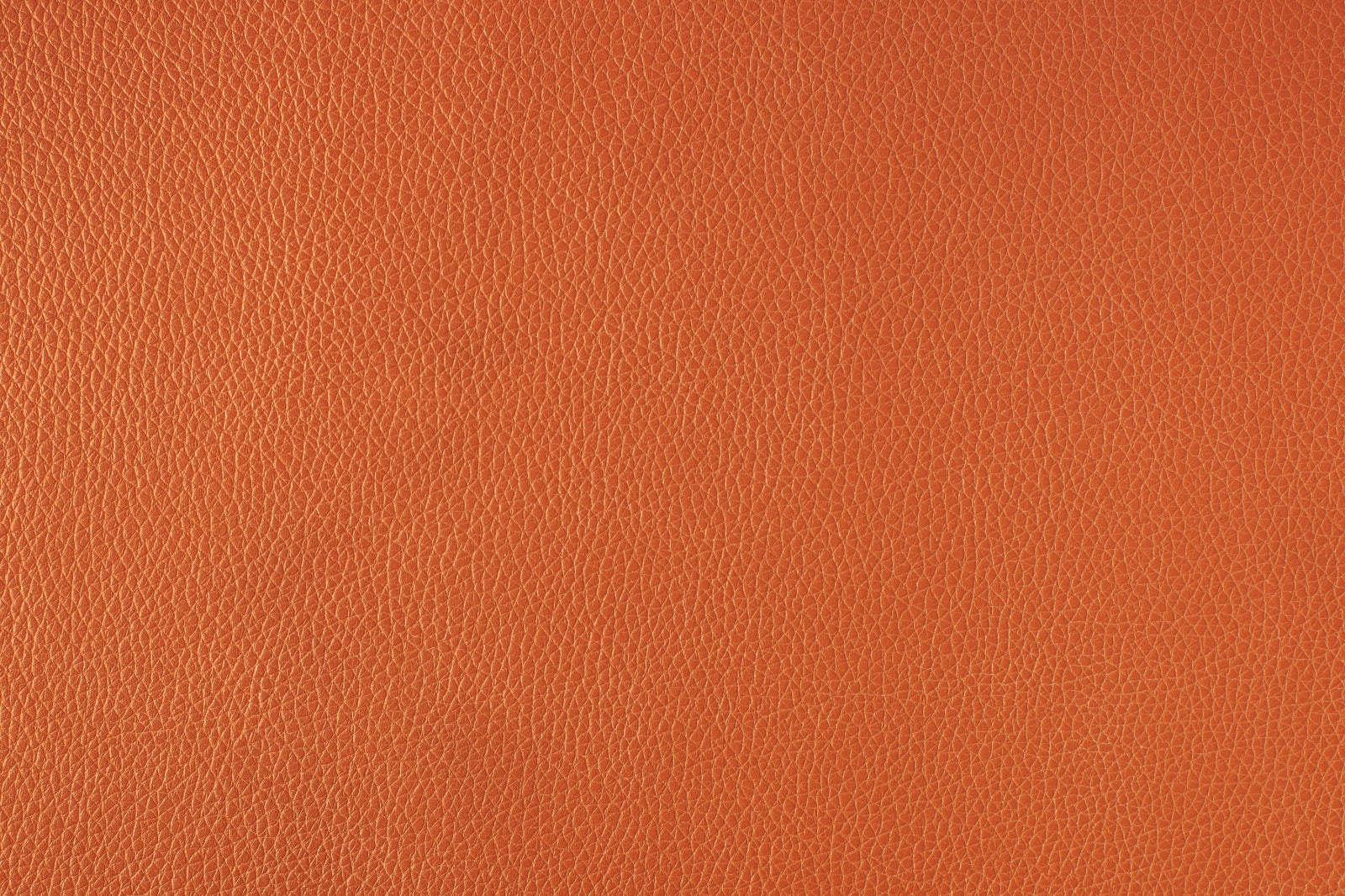
What Is Bonded Leather? A Detailed Guide
Bonded leather is a common material found in budget-friendly furniture, fashion accessories, and notebooks. While it offers a leather-like appearance, it differs significantly from genuine or full-grain leather in quality, durability, and lifespan. This guide explores what bonded leather is, its pros and cons, how to identify it, where it works best, and how to care for it.
What Is Bonded Leather? (Definition & Composition)
Bonded leather, also known as reconstituted leather, is created by shredding leftover leather scraps into fibers, mixing them with adhesives, and applying a polyurethane or latex coating that mimics real leather’s texture.
Composition Breakdown:
-
Leather fibers/scraps – recycled from hide leftovers
-
Bonding agent – adhesives holding fibers together
-
Base fabric – canvas, cloth, or synthetic backing
-
Surface coating – polyurethane or latex with embossed grain
👉 While it contains real leather fibers, it lacks the strength and aging properties of natural hides.
Pros and Cons of Bonded Leather
Advantages
-
Affordable – budget-friendly alternative to genuine leather
-
Leather-like look – visually similar when new
-
Eco-conscious – reuses scraps and minimizes waste
Disadvantages
-
Low durability – prone to peeling, cracking, and flaking
-
Not repairable – once damaged, it cannot be restored
-
Limited lifespan – no patina or natural aging
-
Potentially misleading – sometimes marketed as “real leather”
How to Identify Bonded Leather
Key signs to distinguish bonded from genuine leather:
-
Texture – uniform, repeated embossed patterns
-
Smell – chemical or plastic-like odor
-
Edges – thin, layered, often flaky
-
Durability test – bends and cracks easily
-
Water resistance – water beads on surface, but coating may crack over time
Best and Worst Uses for Bonded Leather
✅ Suitable Uses:
-
Budget furniture for light use
-
Decorative covers and notebooks
-
Low-traffic accessories
❌ Avoid For:
-
Heavy-use furniture (sofas, chairs)
-
Bags, wallets, belts, and jackets
-
Premium goods expected to last years
Caring for Bonded Leather
If you already own a bonded leather product, follow these tips:
-
Wipe with a damp cloth and mild soap
-
Use vinyl conditioner sparingly to protect the coating
-
Keep away from direct sunlight and heat
-
Replace rather than repair when signs of wear appear
Bonded Leather vs Genuine vs Full-Grain Leather
| Feature | Bonded Leather | Genuine Leather | Full-Grain Leather |
|---|---|---|---|
| Real Leather Content | 10–20% fibers | Lower hide layers | Entire natural top layer |
| Durability | ⭐ Low | ⭐⭐ Moderate | ⭐⭐⭐⭐⭐ High |
| Repairability | No | Limited | Yes |
| Patina Development | None | Slight | Significant |
| Price Range | Very Low | Moderate | Premium |
What About Synthetic Leather?
Unlike bonded leather, synthetic leather (PU or vegan leather) is made entirely of plastic materials. It offers durability in low-cost items but lacks the breathability, patina, and natural feel of genuine leather.
Final Thoughts
Bonded leather may look appealing at first, but it doesn’t provide the longevity, repairability, or character of natural hides. For anyone seeking quality and durability, genuine or full-grain leather is the smarter investment.
👉 Explore premium full-grain and top-grain collections at Perf.
